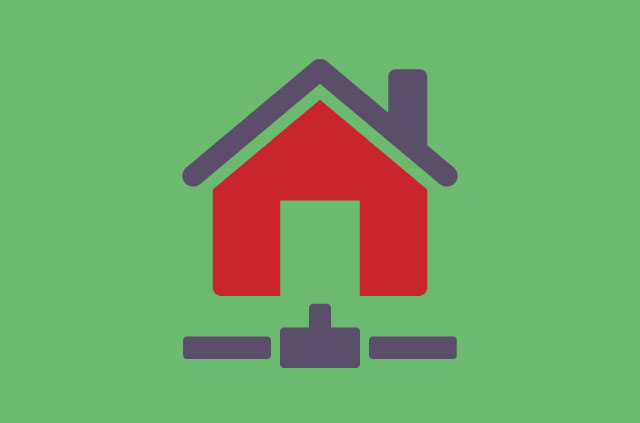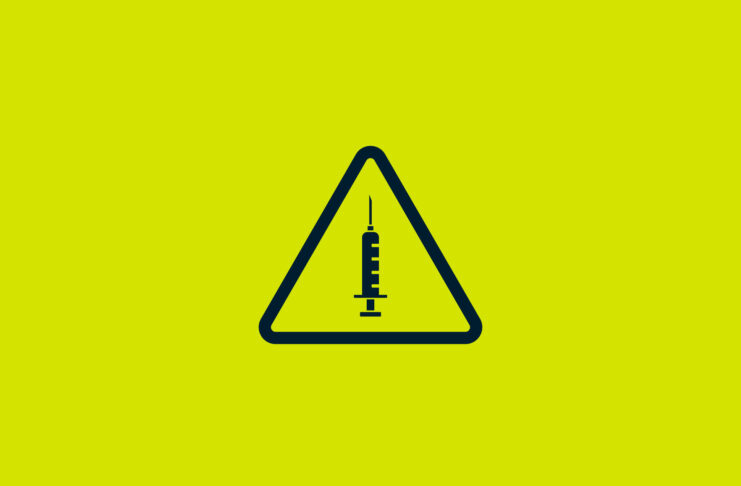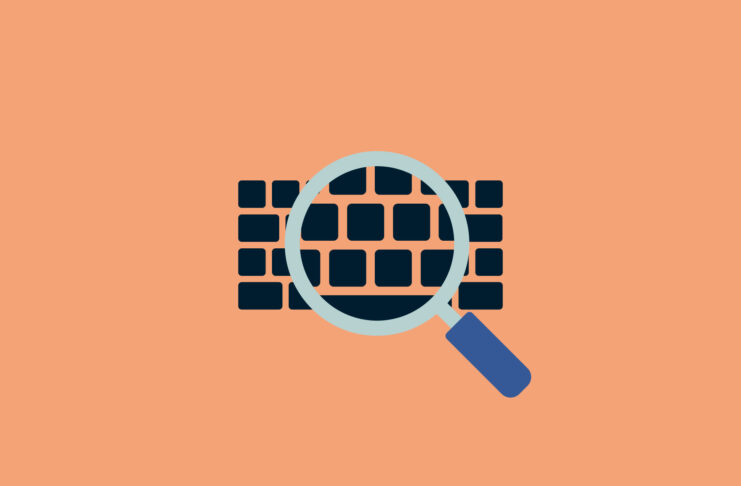Running your own server at home can be cheap and requires only basic knowledge of the command line. An old laptop can be converted into a server without any physical modifications, and even a modest desktop from the store would be able to easily run all the applications below without much effort.
The reasons for setting up such a system can differ vastly from person to person. Some people believe that a computer that you own, set up and physically keep at home is the only server you can completely trust, especially when used for storing sensitive information such as cryptographic keys, personal data, or Bitcoin. Many are more comfortable with this option than using a provider like Dropbox.
In other cases, performance might also matter. If your personal music and film library is too big for your laptop, keeping it in the cloud could mean contending with slow internet speeds. An internet outage at home would also cut off access to your movies.
Here are some ideas on what to do with your home server:
1. Store personal files
You can share data on the server’s hard drive with whoever you want. That might be convenient if you want to make files available to others without going through Dropbox. You may also restrict this to only computers inside your home network, making it easy to share files between family members. The speed improvements will be noticeable, especially for large files.
As an alternative to a full-sized server, some external hard drives can also act as a “network-attached storage” unit.
| Difficulty | Cost | Privacy |
|---|---|---|
| ✱ | $$$ | ✔ |
2. Host a personal website
Unless you have millions of impressions per month or live at the edge of the world, any old laptop will perform similarly to your cloud provider. Something like a WordPress or Jekyll site won’t cost you anything and perform well. This is great for hosting your contact information, encryption keys and links to your social media. And you can easily run it as an onion site, too!
| Difficulty | Cost | Privacy |
|---|---|---|
| ✱✱ | $ | ✖ |
3. Use SecureDrop
If you need to securely and anonymously accept files, for example in your capacity as a journalist, then you will find SecureDrop very useful. SecureDrop is like a dead mailbox in the woods that anybody can anonymously add files to. You can also use SecureDrop to communicate with your sources. While the software is safe to use in the cloud, too, having it installed on a machine physically near you makes it easier to trust that nobody has tampered with it.
| Difficulty | Cost | Privacy |
|---|---|---|
| ✱✱✱ | $ | ✔ |
4. Have your own chat server
Admittedly, messaging service Jabber/XMPP has lost a fair share of users in the past years, primarily because of its poor performance on mobile devices. But the truth is no other messaging protocol satisfies all the conditions of being well-tested, having well-audited encryption, and being operable without the use of a third party. If you not only want your chats to be encrypted but also your metadata protected, Jabber is the way to go. It can be run through an onion server, too.
| Difficulty | Cost | Privacy |
|---|---|---|
| ✱✱ | $ | ✖ |
5. Run your own email server
If you manage to run your own mail server, you are as hardcore of a privacy advocate as can be. Due to the prevalence of spam, getting email from your own server accepted is really difficult. Configuring the encryption protocols properly is no easy feat, either. Props to you!
| Difficulty | Cost | Privacy |
|---|---|---|
| ✱✱✱✱✱ | $$$ | ✖ |
6. Make your own VPN
A home VPN mainly differs from a commercial VPN provider in that there is only a single server location: your home. Having your own VPN allows you to surf the web securely from wherever you are—provided you can trust your home ISP. However, your traffic will not be mixed with anybody else’s, meaning some of the privacy advantages of a commercial VPN are not there. You’ll also miss out on a User Interface (UI) and apps for all your devices, but a home VPN can help you remotely access your personal files and IoT devices securely.
| Difficulty | Cost | Privacy |
|---|---|---|
| ✱✱✱ | $ | ✔ |
7. Run a Tor node
Depending on your willingness to contribute to the Tor network and the legality of it in your home jurisdiction, you may configure your Tor node as either a relay or an exit node. If it’s an exit node, you let others use your home network to browse the internet as if it were their own. This helps them be anonymous. If it’s just a relay, you are donating your bandwidth to the network but all traffic in and out of your home is encrypted.
| Difficulty | Cost | Privacy |
|---|---|---|
| ✱ | $$$ | ✖ |
8. Set up a Bitcoin node
If you own Bitcoin and are concerned about whether the rules of Bitcoin are being followed, you can set up a Bitcoin node. This way you can check, without having to trust others, how many Bitcoins there are and that they are all spent by their rightful owners. If you receive Bitcoin as payment, you can use your node to verify that the funds have arrived in your wallet. It’s very easy to run behind Tor, too.
| Difficulty | Cost | Privacy |
|---|---|---|
| ✱ | $$ | ✔ |
9. Run a Lightning node
If you regularly make and receive small Bitcoin payments, a Lightning node will help you significantly increase their speed and reduce their cost. To run a Lightning node you’ll also need a Bitcoin node but very little additional storage or computing capacity. Like many other services, you can also run this node behind Tor.
| Difficulty | Cost | Privacy |
|---|---|---|
| ✱ | $ | ✖ |
A home server is a fun way to learn about the internet
Getting a home server can be a great learning experience. By installing a new operating system on your old computer, learning how to use the command line and configuring servers, configuration files and software, you’ll get to see how the internet works, uphold some principles around privacy and decentralization, and generally just show how badass you are.




























Comments
ideas tech
Good post. Since then I have implemented a home server, which has expanded in functionality to include:
– Apple Music Server (free)
– Steam Gaming Server which offers installation file downloads and game streaming
– Video Streaming Server
– Family Device Backup Server